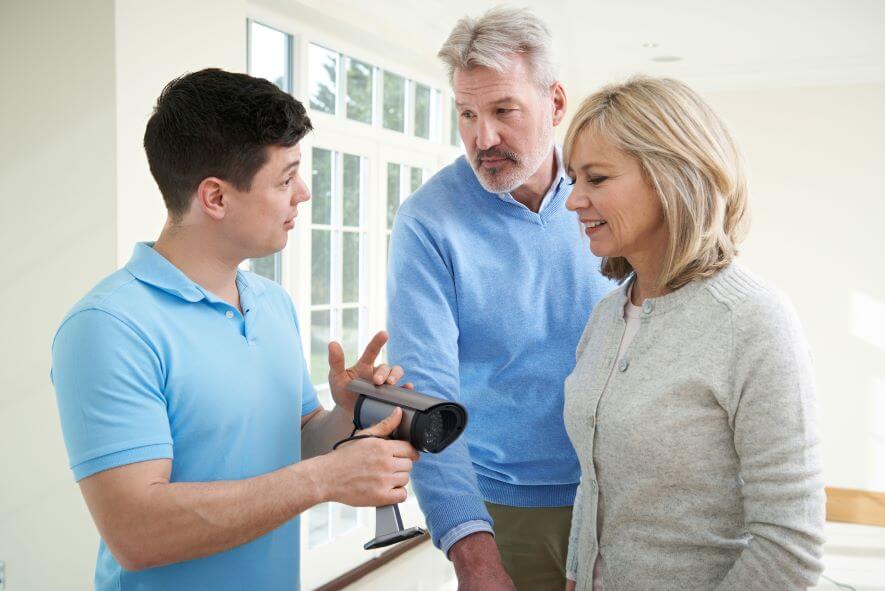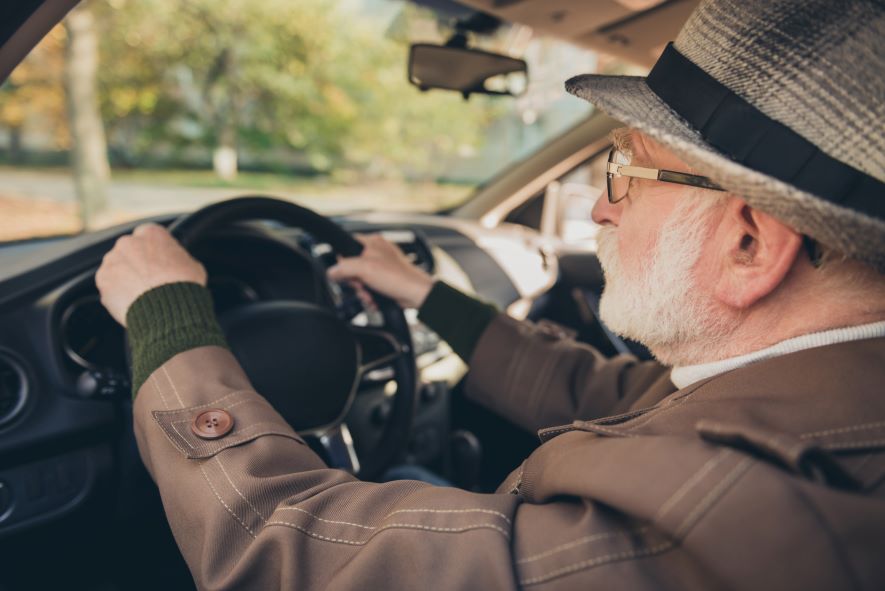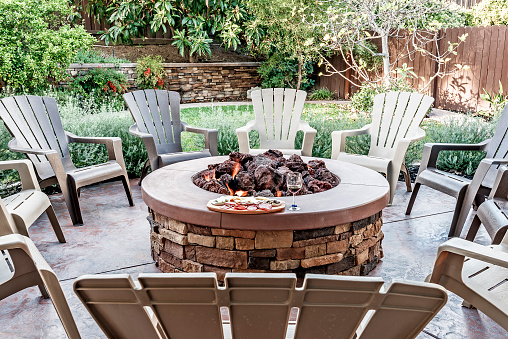Flooding is frightening, and even after the immediate threat has passed, the conditions created by a flood can be dangerous and stressful to navigate. After a rainstorm, hurricane, or other extreme weather event, those affected are often overwhelmed with concerns about how to ensure their safety, as well as the safety of their home and car. And there’s pressure to move fast, because the actions you take in the 24 hours following a flood can make all the difference. Here are some practical steps for immediately after a flood.
Ensuring Your Safety
If your whole area is flooded, listen for information and updates on the radio. Local authorities should inform you about the actions and locations of emergency workers, and whether any roads or neighborhoods are impassable. Stay off the roads as much as you can.
If you must venture out, keep in mind that it only takes six inches of flowing water to knock you off your feet and 12 inches of water to float a car. Remember that floodwater can be:
- contaminated by sewage and chemicals
- conceal wires and power lines
- hide damaged walkways, broken glass, and even animals
Be extremely careful (and wear protective clothing and footwear, if possible) when walking in or near it. Also remember that further flooding might still be a possibility.
Just as the water in the street can be contaminated, so can the water in your pipes. Boil tap water before drinking it or using it for food preparation, or don’t consume tap water until local authorities confirm that the water supply is safe.
Documenting the Damage
As soon as you can do so safely, document the damage to your property, just in case you decide to file an insurance claim. Digital photos are best. Even if it appears that the damage is not severe, it’s better to be safe than sorry. It costs nothing to snap some pics or jot down some notes about how the flood has impacted your property, and it could end up saving you time and money later on.
Your Home
If you left your home during the flood and are returning for the first time, don’t do so until local authorities say it’s safe. Before you enter your home, check that the building is structurally sound. Signs of structural damage include buckling, warping, cracks, gaps, or holes in the foundation, floors, ceilings, or walls. Look out for other changes (e.g., doors and windows that don’t shut as they used to) that might indicate structural weakness.
Contact your relevant utility company if you think there may be damage to your electric, gas, sewer, or water lines. If there’s a chance that your appliances, electrical outlets, or fuse-box have gotten wet, do not touch them until they’ve been okayed by your utility company or a qualified electrician.
If your home is stable, enter carefully, looking out for debris. Use a flashlight in dark rooms to avoid injuring yourself. If you didn’t do this before the flood, turn off all water and electrical sources. Even if your electricity isn’t working, this will help prevent additional damage when power is restored. Your local government or utility company should provide updates regarding restoration of services.
Once the power has been restored to your area and the electricity is working in your home, continue to exercise caution. Unless you have experience working with electronics, it’s safest to have your appliances, as well as heating and cooling systems, inspected by a qualified professional before using them again. They can determine what has gotten wet and whether it’s possible to replace or repair damaged parts. (If they have gotten wet, and you turn them on without having them checked, it could cause a shock or a fire.)
If your cleanup process includes portable appliances like vacuum cleaners, dehumidifiers, or fans, plug these in using outlets in dry areas to keep the cords away from water. If you use gas- or kerosene-powered heaters or sump pumps, don’t turn them on without ensuring that the space is properly ventilated and that you have a functioning carbon monoxide detector.
Standing water in your home should be removed—slowly, to avoid causing additional structural damage—using pails, pumps, and a wet/dry vacuum cleaner. As with all post-flood cleanup, if you do not feel comfortable doing this yourself, contact a qualified professional.
Dispose of any porous materials —like bedding, carpet, insulation, mattresses, particleboard, and upholstered furniture—that have come in contact with flood water. Also discard any fresh or boxed foods that have gotten wet, along with dented cans and any foods in bottles or jars, the seals of which can’t be adequately disinfected. Don’t forget to check makeup, medications, and other beauty, healthcare, and hygiene products, and throw out any that have been exposed to flood water.
Sometimes, papers and textiles can be salvaged with quick and proper treatment, provided they haven’t been contaminated by sewage. (Potentially important papers can be stored in a freezer to preserve them until you determine whether you need to keep them.) However, saving everything may not be cost-effective. When in doubt, contact a professional cleaner as soon as possible. Someone experienced with flood-damaged items can help you assess the extent of the damage.
When cleaning, wear protective gear (e.g., gloves and a face mask) to shield yourself from contamination and mold. Mold can develop 24 to 48 hours after a flood, and can be a serious health hazard. Once the water has been drained from your home, you can clean surfaces with bleach and pine oil cleanser, allow them to dry fully, and watch them over a few days for fungal growth or odors. Don’t mix ammonia with bleach products—the fumes can be highly toxic.
Your Car
It goes without saying that driving around after a flood is a bad idea. Roads may be washed out, closed, or covered in floodwater. If you must drive, avoid obviously flooded areas and do not attempt to travel on barricaded or water-covered roads. You could be swept away by rushing water. Even driving through standing water could hurt your car; if the water is deep enough, it can hide erosion or potholes below or cause your car to stall. And seemingly passable puddles can damage your brake system, engine, transmission, or electronics if the water gets inside your vehicle.
(If you do try to drive through floodwaters, and your car does stall, get out and walk to higher ground immediately.)
If you’re dealing not with potentially flooded roads but with a vehicle that may have been submerged, the first step is to assess the damage. Look for a muddy waterline on the exterior and interior of the car. If the water reached the bottom of the doors or higher than halfway up the wheels, don’t attempt to start the car. This could mean that there’s water in the engine and starting your car could cause irreparable damage. Though any kind of flood can harm a car, salt water is more corrosive than fresh water.
If you’re unsure about the extent of the flooding, have the car towed to a qualified mechanic. They will look for signs of flooding like drops of water on the oil dipstick, corrosion on the cylinders, damage to the electronics, and water in the fuel line or tank.
If the car is damp but drivable, it’s important to start the cleaning process right away. As in a house, mold in a vehicle can develop soon after the interior becomes wet. To remove the water, you can use a wet/dry vacuum; you can also use towels to absorb water from carpets and upholstery. Open the doors and windows of the car and use fans, if possible, to help dry out the interior. You can also hire a professional to thoroughly clean your car.
Floods and Insurance
The comprehensive coverage on your auto insurance policy will help cover flood damage to your car. A homeowners insurance policy, however, does not cover flooding; only flood insurance will cover flood-related damage to your home.
If your home or car has been flooded, it’s a good idea to call your insurance company as soon as possible. In addition to getting the claims process started, your insurer will let you know whether you need to do anything before beginning cleanup and repairs. You’ll probably be asked to document the damage to your property, but there may be other requirements, too. For example, some insurers require that you have your home professionally cleaned. If you have auto or flood insurance with The Hartford, you can reach our claims department online or by calling 1-800-243-5860.
While you’re dealing with the aftermath of a flood, remember to take care of yourself and your family. A flood can cause tremendous stress—both physical and emotional. Remember to eat and rest and try not to overwhelm yourself with our extensive to-do list. And ask for help when you need it. The things you lose in a flood can be replaced, but your health and safety are paramount.
Read more – 8 Apps to Help You Stay Safe in an Emergency







I had no idea that floodwater could contaminate tap water as well. This is good to know since a pretty big storm passed through about a week ago. Our basement got flooded, so we’ll have to get repairs.